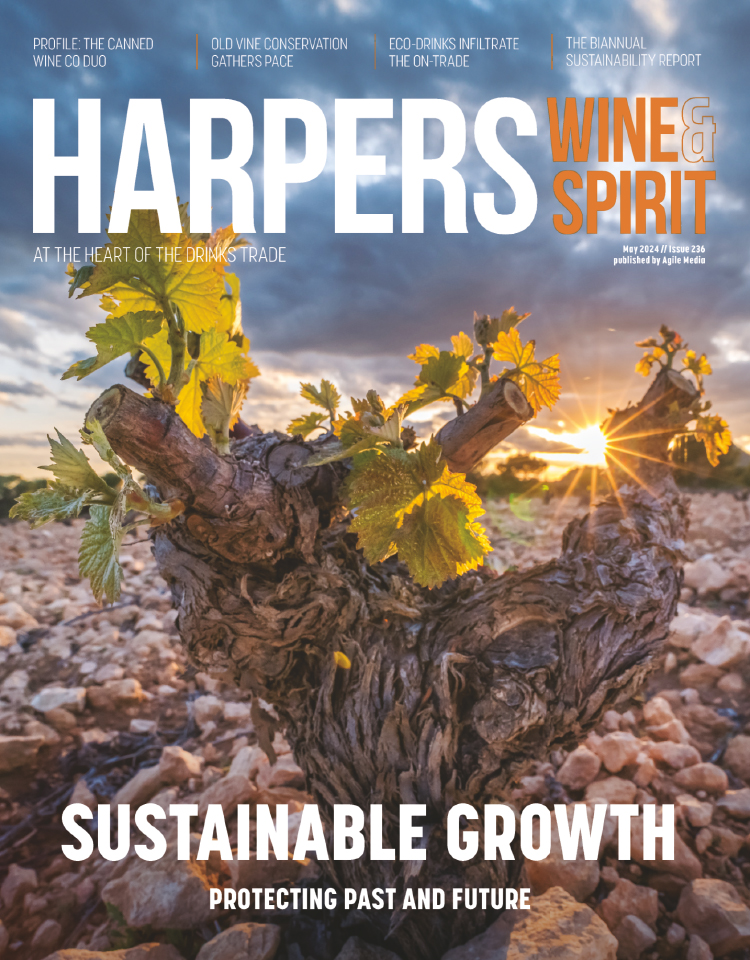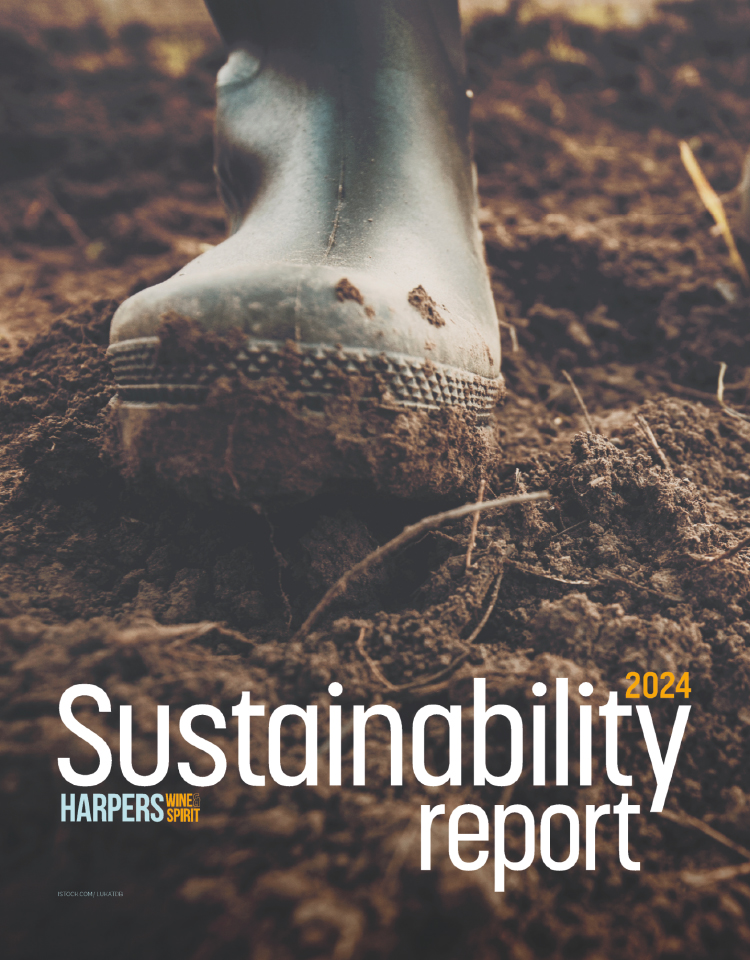
Flint Wines to balance 2016 shortages with older Burgundy vintage
Burgundy specialists in the UK are having to re-think their en primeur formats this year after 2016’s weather woes meant that allocation in certain appellations are ‘tiny’.
The knock on effect of last year’s spring frost and hailstorms are now pushing through to the UK as some producers are down to just 1 barrel (300 bottles) for the entire 2016 vintage.
Having to get creative is London-based importer Flint Wines where management have taken the decision to show a previous vintage alongside 2016 at their official January tasting.
Co-founder Jason Haynes said a run of smaller vintages and also more demand means that allocation has gone down anyway over the past few years, from 12 cases, down to six and three.
But with the extra strain meaning samples are a no-no, the decision was taken to re-look at an as yet undecided vintage.
Co-founder Jason Haynes, who is Bourgogne bound over the next few weeks for final tastings, is keen not to ignore the 2016 vintage altogether.
But while not all areas were equally affected, such as Côte de Nuits where volumes have been resilient, there is still some cause for concern.
“Chassange-Montrachet and Saint-Aubin, which are two big restaurant wines, have been hit badly,” Haynes told Harpers.
“Obviously, we have more back stock of red as the white vintages sell quicker. A lot of it is down to building relationships. We have around 55 producers that we use. We will have to be nice to them and cobble together enough from growers, but it’s going to be a problem.”

Photo: Flint Wines' Jason Haynes
Flint’s strategy also now has to take into account Stannary St Wine Co. – the company’s retail arm, which has been selling online and to private clients for the last three years or so.
En primeur forms a large part of that service, and Stannary is treated like a merchant, getting its own allocation (anywhere between 25-50%) of Flint’s en primeur stock.
The decision to show a previous vintage alongside 2016 in January also spawned an idea to show 100 ready to drink wines ranging from Burgundy, to the US and Italy to the press and private clients yesterday (October 18).
The tasting, which was geared towards Stannary’s customer-base, presented a selection of now mature wines including Mercurey 1er Cru Clos du Roy 2014 from Domaine Charton and Volnay 2012 by Chanterêves.
Speaking to Haynes, it seems that Flint has managed to ride the wave of currency fluctuations, duty rises and general uncertainty over the past year or so, thanks largely to London’s buoyant restaurant trade.
The economic landscape is also shifting in Burgundy where price rises for land are cliff-steep.
According to Haynes, plots in Puligny will now set viticulturists back €1.5m per hectare.
As a result, estates are using negociants and producing more negociant wines.
However, as demand for negociant-grown grapes rises, so does the price, resulting in “a weird situation where negociant grapes become more expensive than domaine grapes”.
For now, Haynes and co await mid December when they will get confirmation of final allocations and prices.
The futures system pioneered by Bordeaux after the Second World War has extended to Burgundy and the Rhône over the past 15 years or so and many other areas where producers release vintages while still in cask.
Haynes had this to say about the difference in perception: “There is a myth that Bordeaux ages brilliantly and Burgundy doesn’t. Burgundy ages very well, but Burgundy Pinot Noir is more preciousness than Bordeaux, so you want to give it as much times possible for it to mature.”





